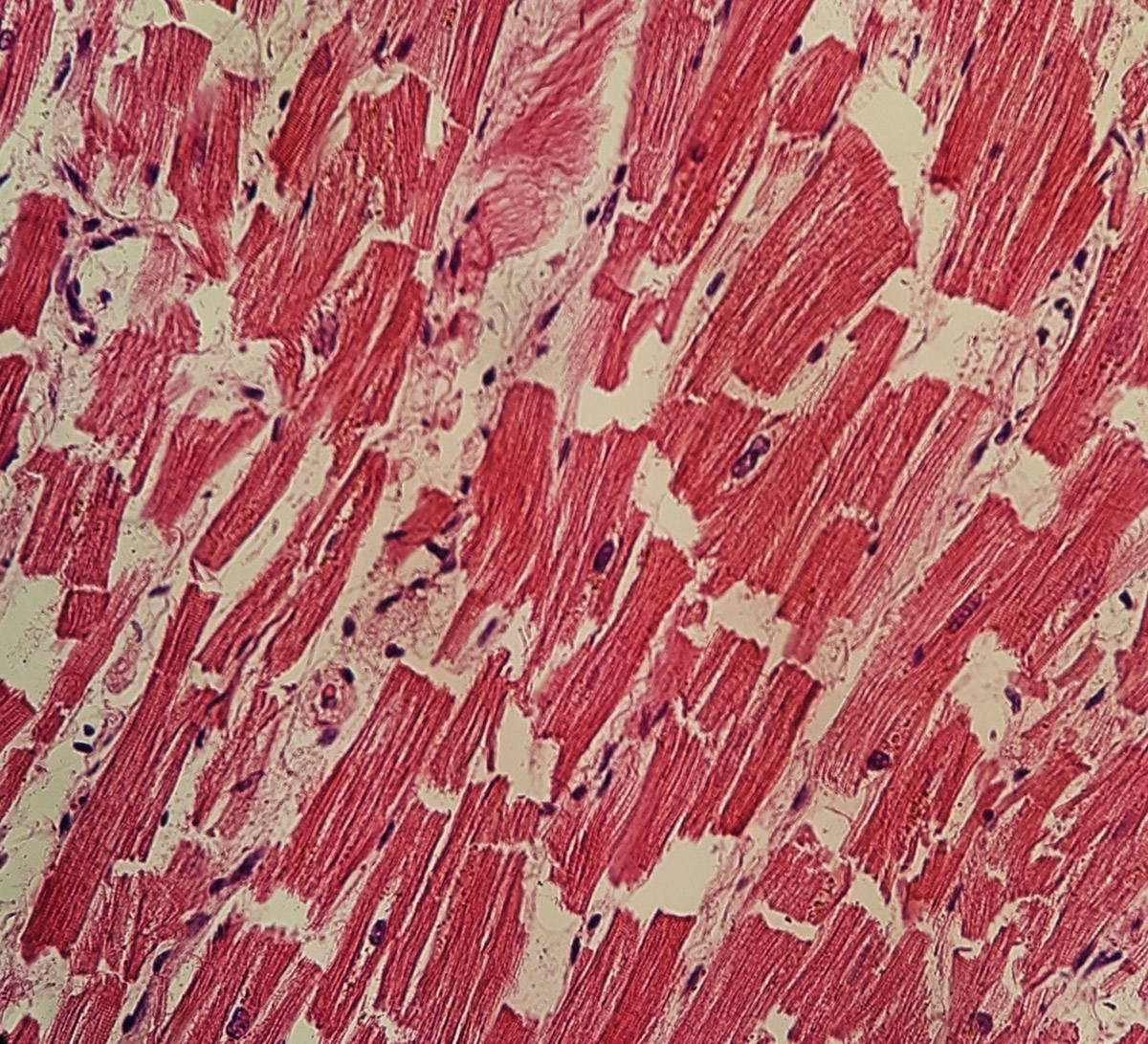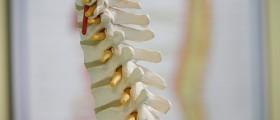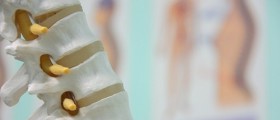
Ruptured and herniated disc is a very serious and painful condition. It may also cause irreversible damage to the nearby nerves and lead to permanent loss of certain functions. Human spinal column is formed by 24 separated vertebrae and 9 fused vertebrae. The discs are special structures that are located between two vertebrae and their function is to act as shock absorbers this way reducing excess of pressure on the very vertebrae. Vertebral discs are avascular and they are surrounded by strong fibrous tissues called the ligaments. In some cases the discs may rupture. Their content either stays at the original site or protrudes and leads to irritation of the spinal nerves. This results in specific symptoms and signs that must be taken seriously and treated immediately.
Symptoms of Ruptured Disc
One of the most prominent symptoms of ruptured disc is a severe pain. The pain can be described as sharp, burning or stabbing. It is located in the area of the rupture. In many cases rupture affects discs at the level of the fourth and the fifth lumbar vertebrae. Apart from the pain protrusion of the disc and its content leads to the irritation of the spinal nerves and this eventually causes aberrant sensations in the parts of the body innervated by the particular nerve such as tingling sensation, numbness, muscle weakness and muscle spasms. The symptoms may be so intensive that a person simply avoids moving the affected part of the body in order to prevent pain. Even the body acts defensively by causing muscle spasms that do not allow moving of the affected part.
What are Causes of Ruptured Disc?
In majority of patients rupture of spinal discs results from degenerative changes caused by the process of aging. As we age the discs lose their elasticity, they wear and become prone to tears. Furthermore, rupture of discs can occur due to injuries to the vertebrae, lifting heavy objects and any other activity that puts too much pressure to the vertebrae as well as activities that include sudden twisting of the body in the inappropriate manner.
Treatment for Ruptured Disc
The condition can be easily confirmed with the assistance of X ray, CT scan or MRI of the spinal column. EMG is a very useful technique and it gives perfect information about which nerve has been affected and to what extent.
The pain associated with ruptured disc is relieved with anti-inflammatory medications and injections. In case the symptoms such as numbness, muscle weakness and similar linger one must undergo surgical procedure. During the surgery the content of the ruptured disc is removed and it no longer compresses the spinal nerve. The surgery is effective only in case it is performed on time and in case the damage to the nerve is irreversible. Additional treatment modality for ruptured disc is physical therapy that is indicated in both cases, conservative treatment with medications and after the surgery.





-Causes,-Symptoms,-Diagnosis,-Treatment_f_280x120.jpg)











Your thoughts on this
Loading...